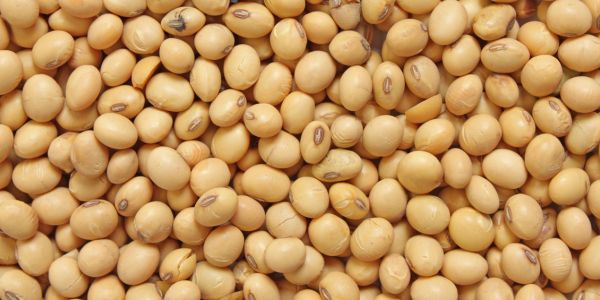Just a couple of weeks ago, yours truly was smiling back at himself in the mirror. There he was in all his glory, the brand-new Investigative Reporter for the legendary Ag Weekly newspaper.
This was my big break. And my first assignment was soybeans.
Ag Weekly had never had an Investigative Reporter before, so this soybeans assignment was a new adventure for both of us. It’s fair to say the Editorial Board was skeptical. I stood straight up and told them, “Thank you for your confidence in me. I am scared, motivated and single-minded.”
“Simple-minded more like it,” the Chair said. To his right, the Elder Editor Emeritus snorted.
But circulation had been slipping, and the advertisers wanted action. So here I was, and off I was ready to go. To uncover hidden facts, to interview anonymous whistleblowers, and to light up the dark corners of Big Soy’s secret agenda.
Now, it is true that all my life I have been persistently indifferent about farm facts. Not this time. Like Thoreau ‘I was determined to know beans.’
To start off, I asked myself, ‘What is a soybean?’ My research uncovered the following: ‘The soybean is a kind of bean.’ Not surprising, perhaps, but a good Investigative Reporter takes nothing for granted.
Beyond that, it was disappointing for me to learn there wasn’t much interest, even for Ag Weekly readers, to find out about soybeans. They lack the romance of, say, roses. The typical soybean bush grows from your ankles to your knees, with tiny white or purple flowers. The soybeans themselves are seeds, often two to four yellow ones, inside the fuzzy light brown pods that hang from the plant’s branches. Beetles and aphids and grubs like to eat them.
That’s about it.
Soybeans are used in many of our foods. For instance, more than one conversation reported people add soy sauce as a salty ingredient to their sushi dip. As part of my journalistic process, I tried it. It’s good.
And soy milk, they say, is used for tofu. I’ll take their word for that one.
Soybeans are also grown for industry, chickenfeed, and other reasons. All of which are necessary enough, no doubt, but real snoozers for us Investigative Reporters.
Soybean culture is elusive. Among the soybean cognoscenti, Soybean Society members gather together on special occasions to sing along with Eda Mame Green and the Sticky Pot Licker’s version of It’s Soy Good.
That, again, is about it.
When I reported my findings to the Board, they were not impressed. No sources were described as anonymous. None. Sources I spoke with were much too willing to blab. Eager. Unstoppable. “Spell my name right.”
The big Muckraker story — the one I was excited to report on — was the yawning absence of excitement the whole subject of soybeans triggered out there.
Board fingers wagged and pointed. They were having none of that emotional nonsense. Instructions zoomed at me from across the table. “More about weather. Rain, no rain, not enough rain, too much rain.” “Imagine over two million acres planted just around here,” the Chair said. If you need to imagine something, imagine that.” “Crop yields. Comparisons with previous years.” Data. That was what was wanted. Hard cold data.
I nodded and bit my tongue. Already my mind was churning toward a better victory in my next column.
Forward to arugula. After all, many of our Ag Weekly readers will be planting arugula next early spring. Immediacy and relevance and significance. That’s the ticket for us Investigative Reporters.
Data it would be. Like, what exactly is arugula? And why on earth do people eat it?





